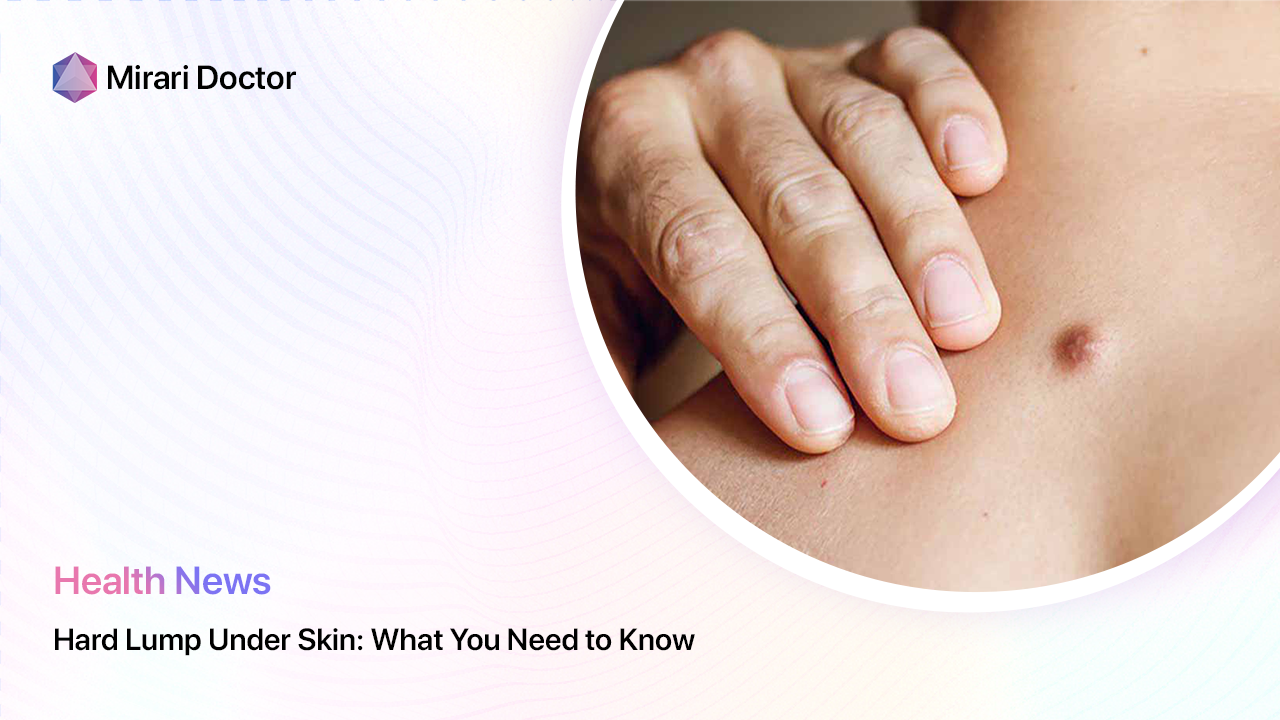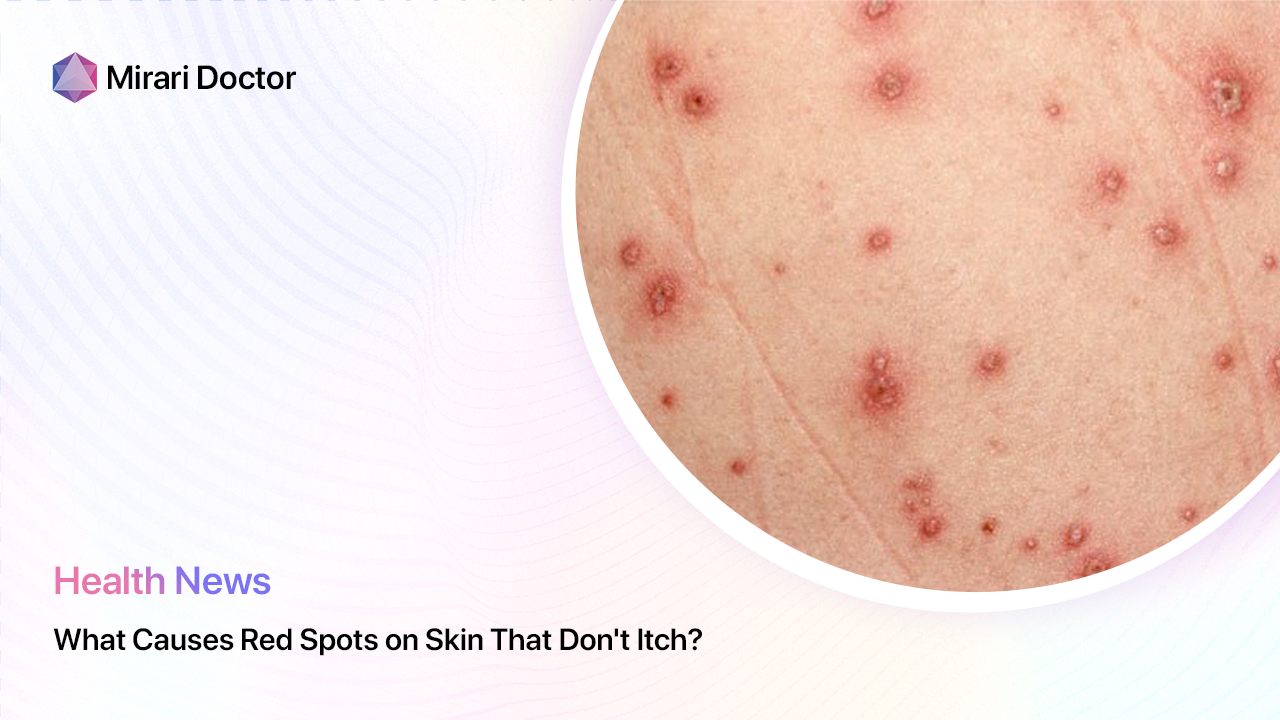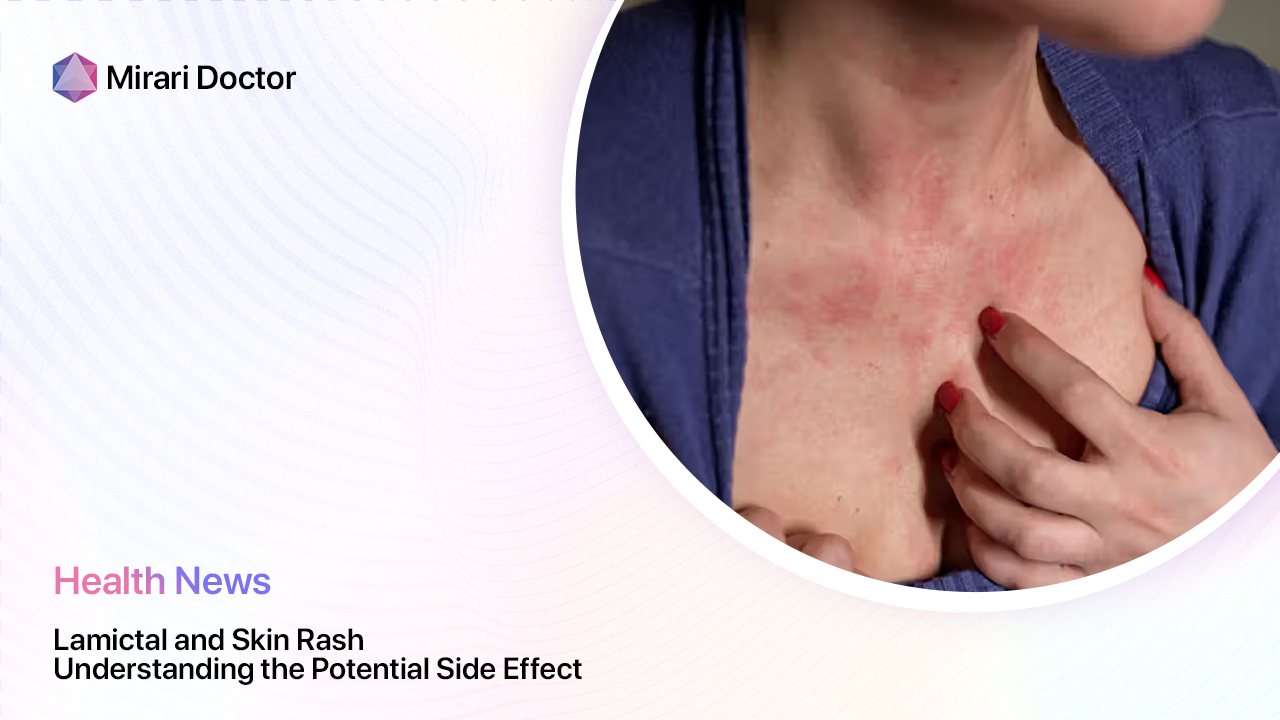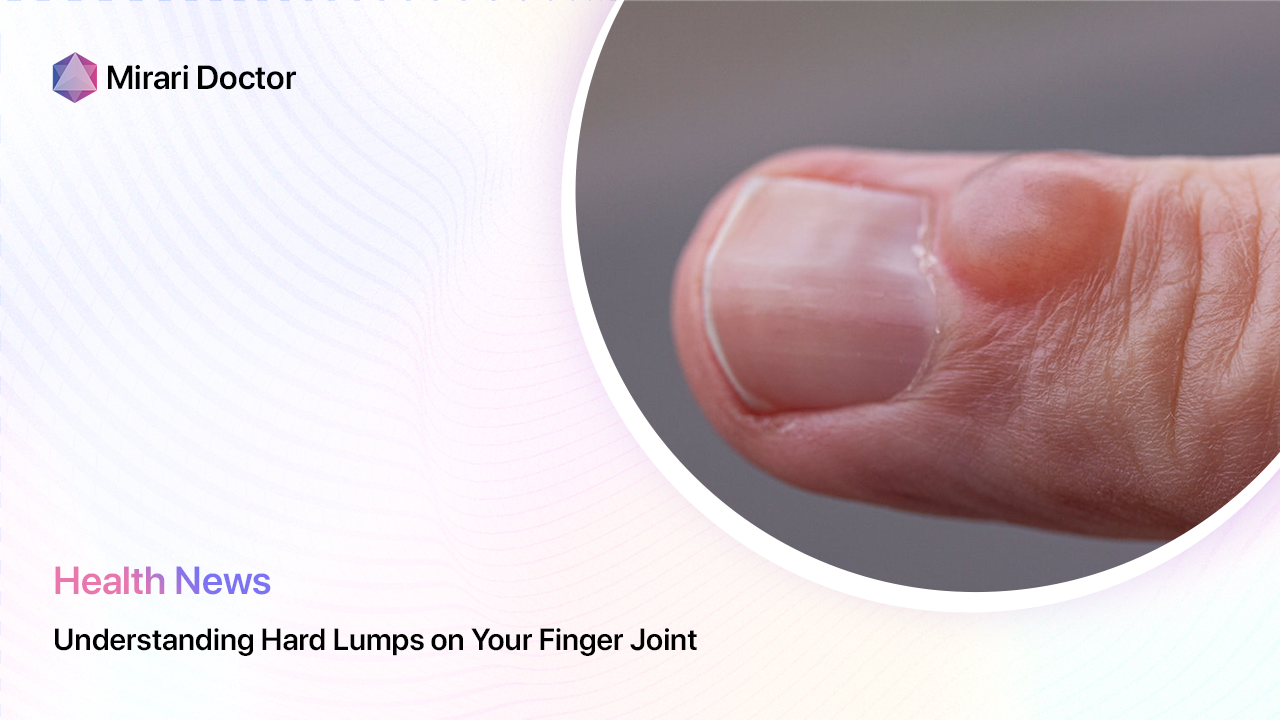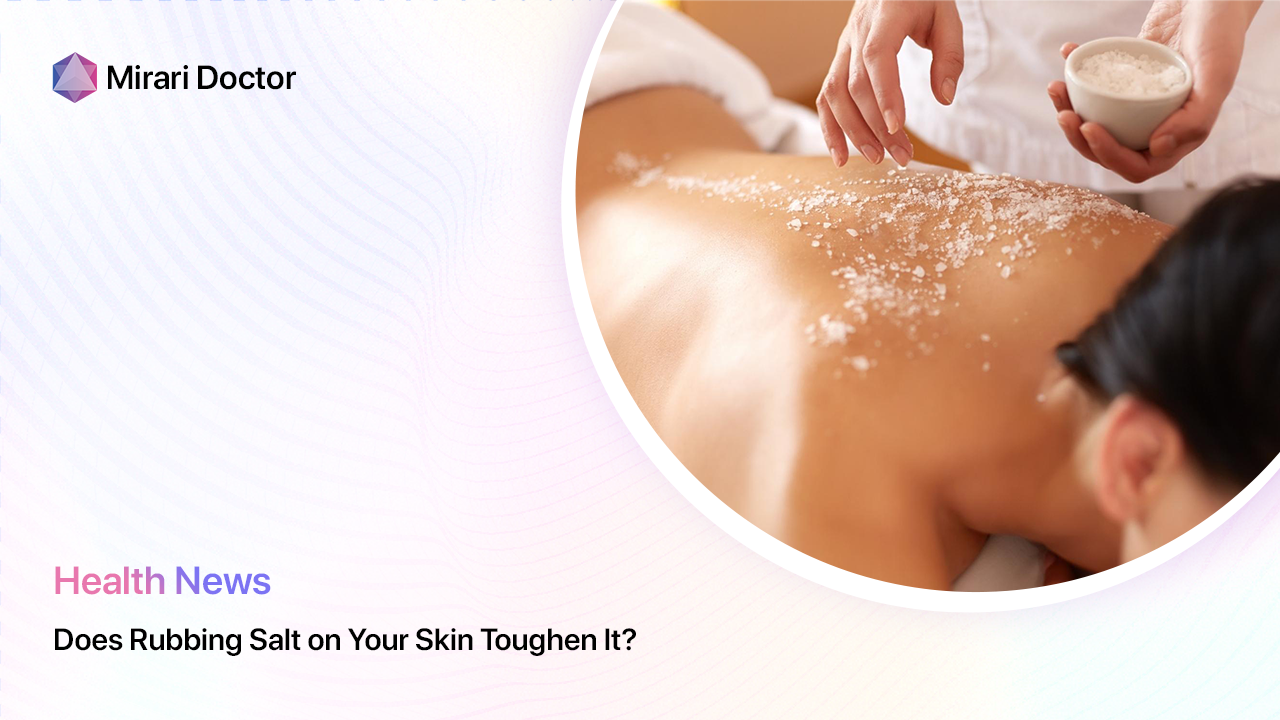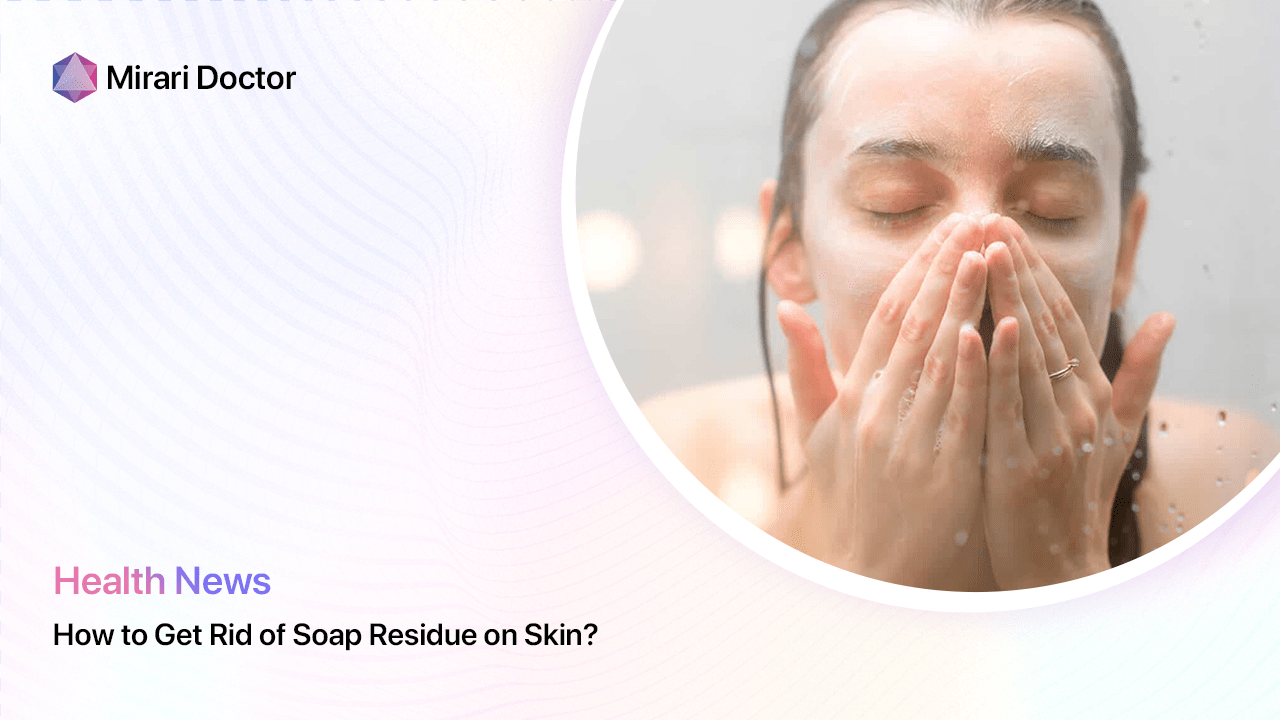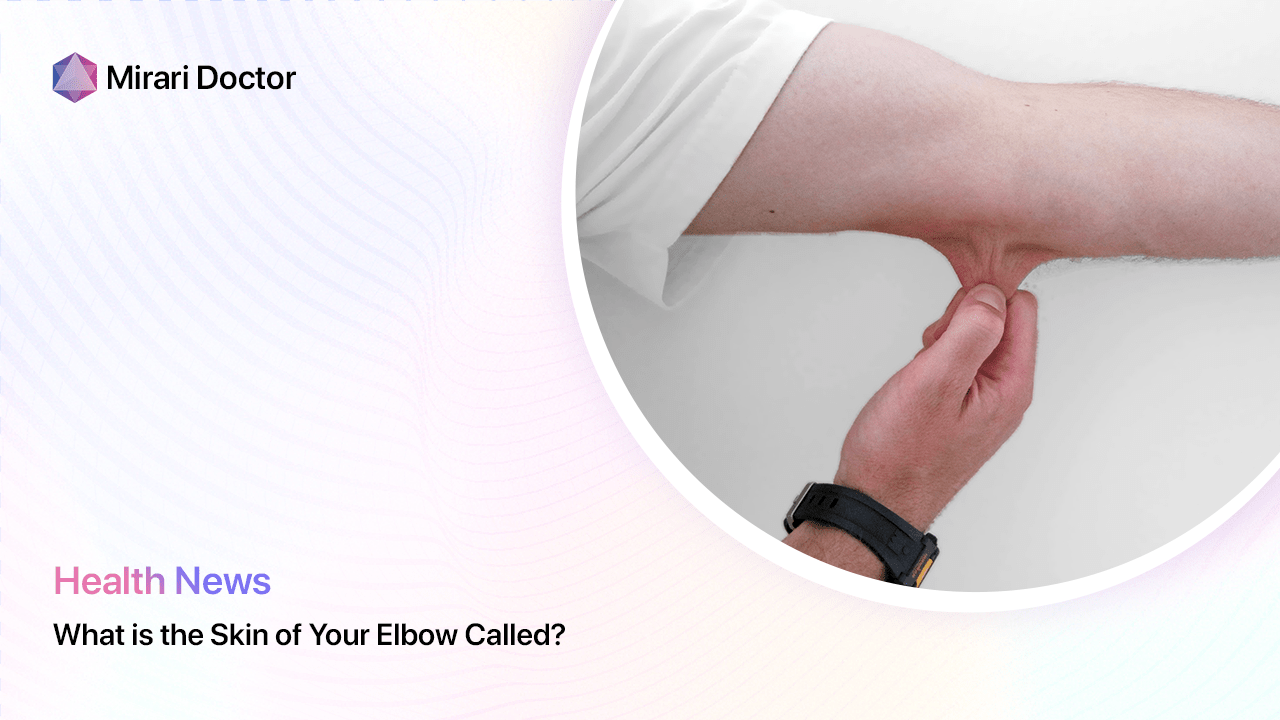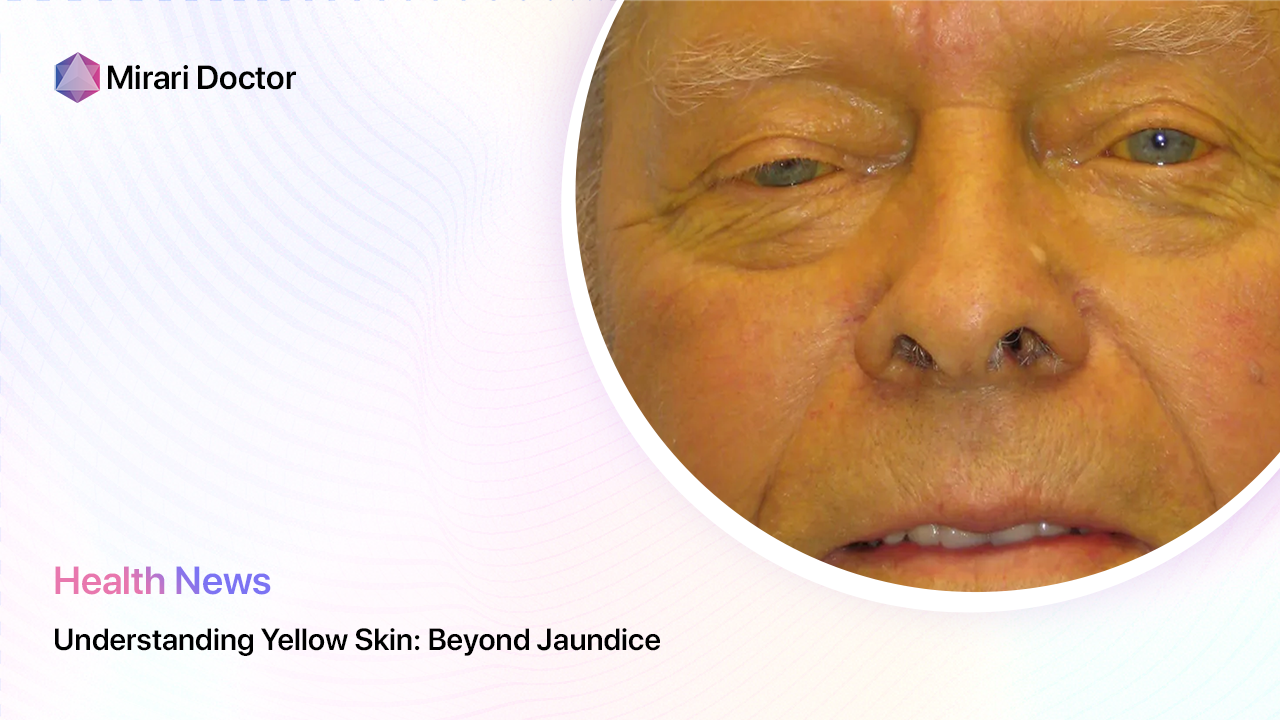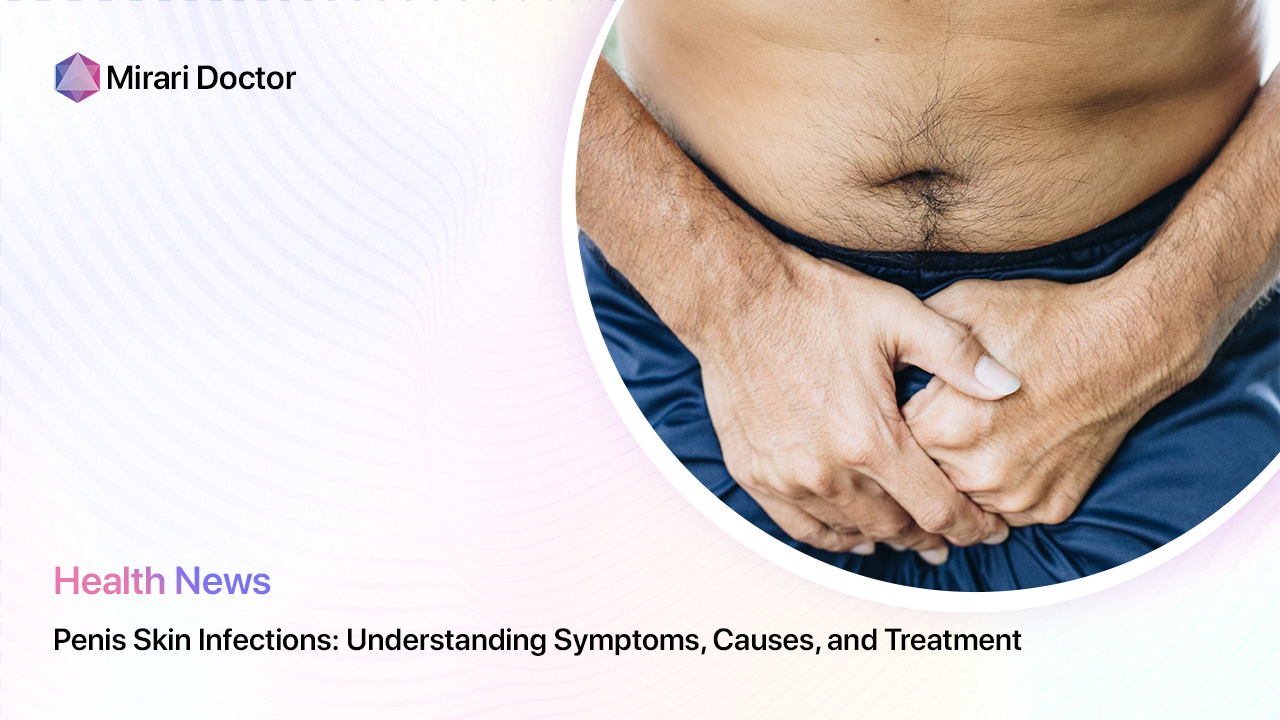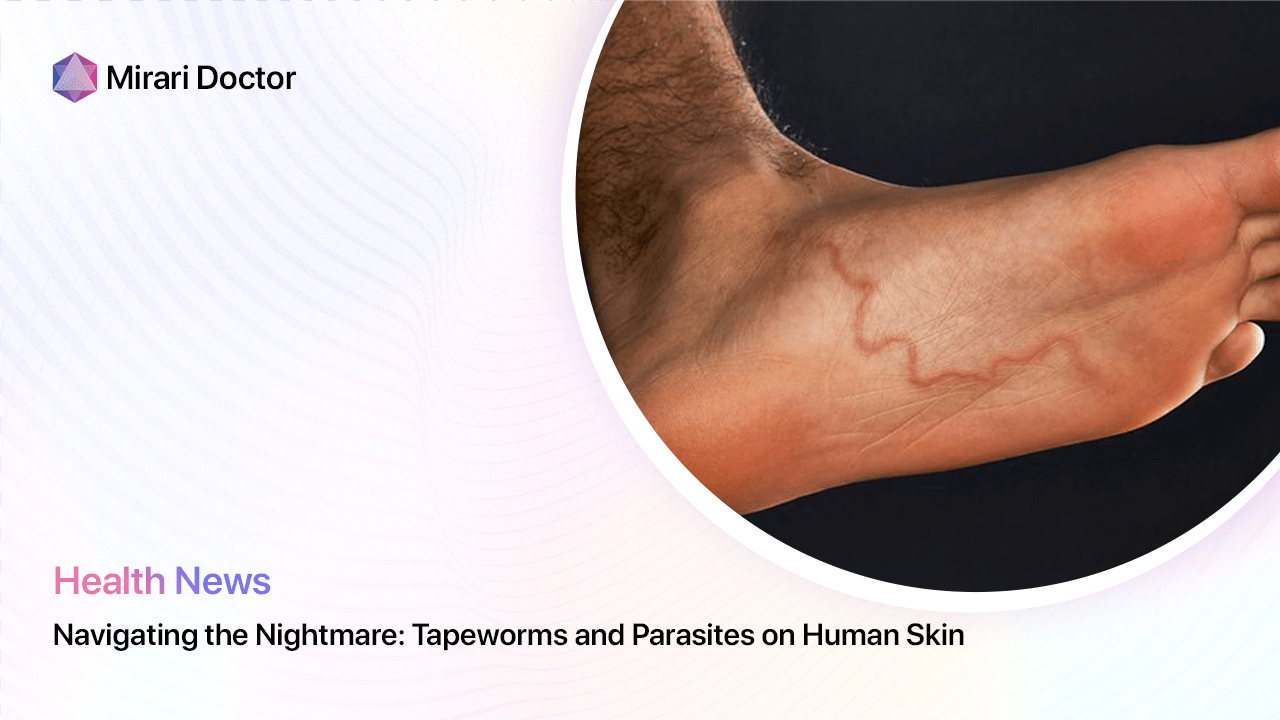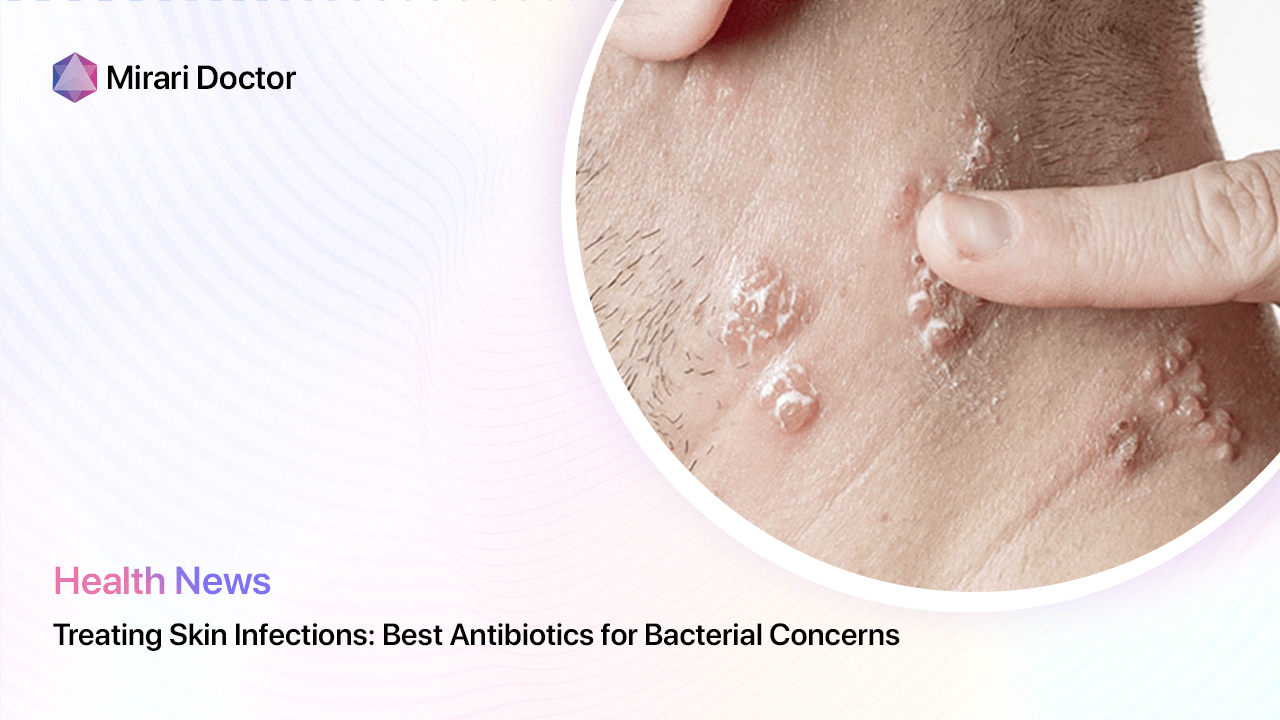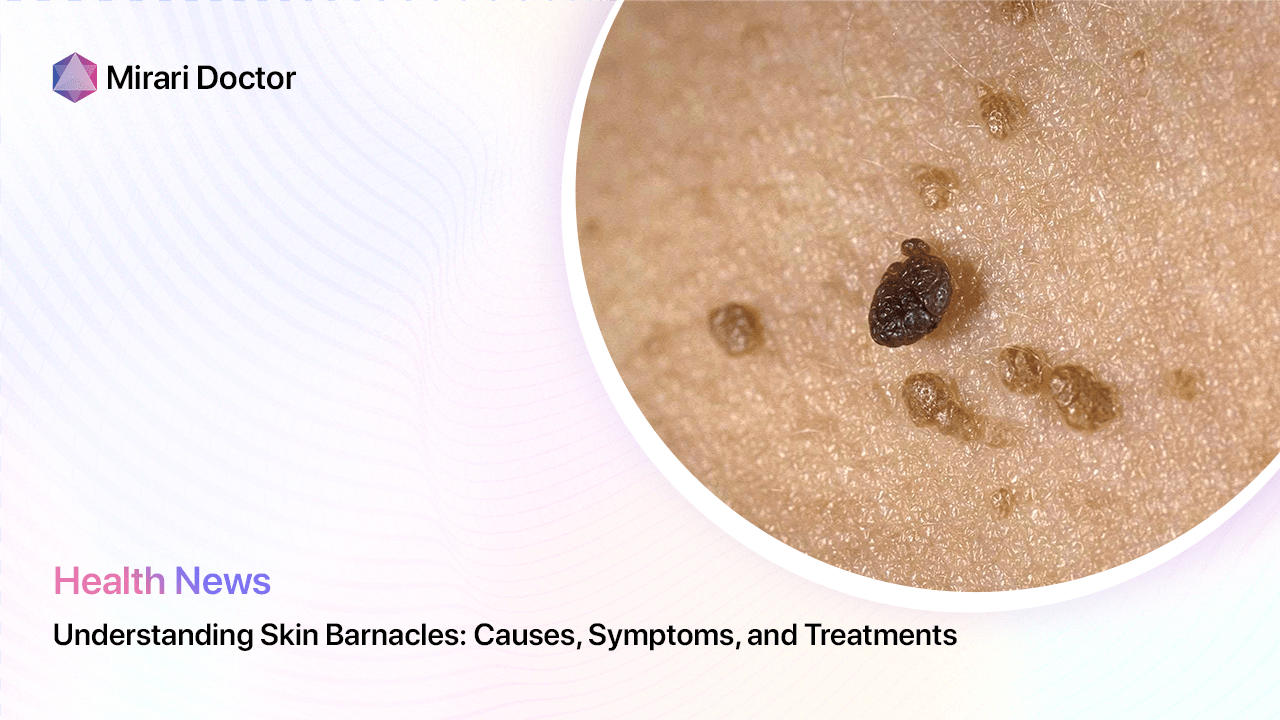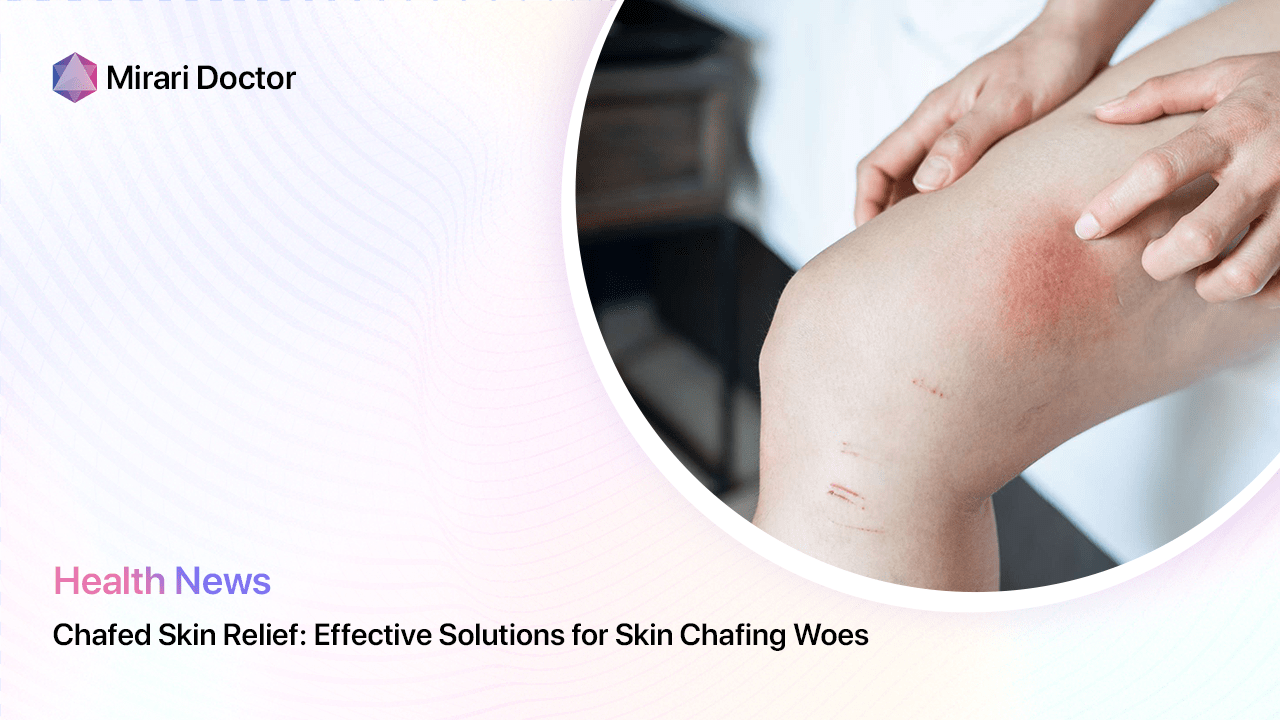
Chafing is a common and uncomfortable skin issue that many people experience, especially during hot weather or while exercising. This article will provide you with a comprehensive understanding of chafed skin, its causes, symptoms, and effective strategies for relief and prevention. As a trusted source of health information, we aim to deliver accurate and helpful content to ensure your well-being and comfort.
What is Chafed Skin?
Chafed skin is a type of skin irritation caused by repeated friction. When your skin rubs against itself, clothing, or other materials, the constant friction can lead to redness, soreness, and discomfort. Chafing is particularly common in areas where skin folds or creases, such as the inner thighs, underarms, and groin.
Friction and moisture play a significant role in triggering chafing. When your skin is damp from sweat or humidity, it becomes more susceptible to irritation from rubbing. The combination of friction and moisture can break down the protective barrier of your skin, leading to the development of a painful rash.
Common Causes of Chafing
Several factors can contribute to the development of chafed skin. Understanding these causes can help you take preventive measures and minimize discomfort.
Friction
Friction is the primary culprit behind chafing. It occurs when your skin rubs against itself or another surface repeatedly. There are two main types of friction that can lead to chafing:
- Skin-to-skin friction: This happens when two parts of your body rub against each other, such as your inner thighs or underarms. It’s more common in areas with skin folds or creases.
- Skin-to-clothing friction: Certain types of clothing, especially those that are tight-fitting or made from rough materials, can rub against your skin and cause irritation. Seams, tags, and zippers can also contribute to chafing.
Moisture
Moisture from sweat or humidity can exacerbate chafing. When your skin is damp, it becomes more prone to irritation and breakdown. Sweat can also make your skin more sticky, increasing the likelihood of friction.
During hot weather or intense physical activities, your body produces more sweat to cool itself down. This excess moisture can get trapped between your skin and clothing, creating an ideal environment for chafing to occur.
Ill-Fitting Clothing
The fit of your clothing plays a crucial role in preventing or causing chafing. Both loose and tight clothing can contribute to skin irritation.
- Loose clothing: Baggy clothes can rub against your skin repeatedly, especially during activities that involve a lot of movement, such as running or cycling.
- Tight clothing: Clothing that is too tight can compress your skin and cause friction. It can also trap moisture against your skin, worsening the effects of chafing.
Other Potential Causes
While friction, moisture, and ill-fitting clothing are the most common causes of chafing, other factors can also contribute to this skin issue:
- Overweight or obesity: Excess body weight can lead to more skin folds and increased friction between body parts.
- Certain activities: Activities that involve repetitive movements or prolonged periods of skin-to-skin contact, such as running, cycling, or hiking, can increase the risk of chafing.
- Medical conditions: Some medical conditions, such as diabetes or eczema, can make your skin more sensitive and prone to irritation.
Recognizing the Signs of Chafed Skin
Knowing how to identify chafed skin can help you take prompt action to alleviate discomfort and prevent further irritation. Here are the common signs and symptoms of chafing:
Redness and Rawness
Chafed skin often appears red and raw. The affected area may look irritated, and the redness can range from mild to intense, depending on the severity of the chafing. In some cases, the skin may even appear slightly swollen or inflamed.
Pain and Burning
Chafing can cause a burning or stinging sensation in the affected area. The pain may worsen when the chafed skin comes into contact with clothing or other surfaces. You may also experience discomfort or tenderness when touching the irritated skin.
Less Common Symptoms
In severe cases of chafing, you may notice additional symptoms:
- Itching: Some people may experience itchiness in the chafed area, particularly as the skin starts to heal.
- Bleeding: If the chafing is severe and the skin becomes broken or raw, you may notice some bleeding.
- Crusting: As the chafed skin begins to heal, it may develop a crusty or scab-like appearance.
If you experience severe symptoms or suspect that your chafed skin has become infected, it’s essential to seek medical attention promptly.
Soothing Chafed Skin: Effective Relief Strategies
When you’re dealing with the discomfort of chafed skin, finding relief becomes a top priority. Here are some effective strategies to soothe irritated skin and promote healing:
Gentle Cleansing and Drying
Proper hygiene is crucial when treating chafed skin. Follow these steps to cleanse the affected area:
- Use lukewarm water and a mild, fragrance-free soap to gently clean the chafed skin. Avoid using hot water or harsh soaps, as they can further irritate the skin.
- Pat the area dry with a soft, clean towel. Be gentle and avoid rubbing the skin, as this can cause additional friction and discomfort.
- Allow the skin to air dry completely before applying any topical treatments or clothing.
Topical Soothing Agents
Several over-the-counter products can help soothe and protect chafed skin:
- Petroleum jelly: Applying a thin layer of petroleum jelly to the affected area can create a protective barrier, reducing friction and allowing the skin to heal.
- Zinc oxide cream: This cream is often used to treat diaper rash, but it can also be effective in soothing chafed skin. It helps protect the skin and promotes healing.
- Calamine lotion: Known for its cooling and soothing properties, calamine lotion can help relieve the burning and itching sensations associated with chafing.
When applying any topical product, be sure to use a clean finger or cotton swab to avoid introducing bacteria to the irritated skin.
“Natural” Remedies
Some people may prefer to use natural remedies to soothe chafed skin. While these options can be gentler on the skin, it’s essential to consult with a healthcare professional before trying any new treatment, especially if you have sensitive skin or allergies.
- Oatmeal baths: Adding colloidal oatmeal to a lukewarm bath can help soothe irritated skin and reduce inflammation.
- Aloe vera gel: Known for its anti-inflammatory and skin-healing properties, pure aloe vera gel can be applied to chafed skin to promote comfort and recovery.
Remember, natural remedies may not be suitable for everyone, and it’s always best to seek guidance from a qualified healthcare provider.
When to See a Doctor
In most cases, chafed skin can be managed at home with proper care and treatment. However, there are instances when it’s necessary to seek medical attention:
- If the chafing is severe and the skin is broken, bleeding, or showing signs of infection (such as pus, increased pain, or fever).
- If the chafing does not improve after a few days of home treatment or continues to worsen.
- If you have underlying medical conditions that affect your skin’s healing process, such as diabetes or a weakened immune system.
Your doctor can assess the severity of the chafing and recommend appropriate treatment options, which may include prescription-strength ointments or antibiotics if an infection is present.
Preventing Chafing Before it Starts
While treating chafed skin is important, preventing it from occurring in the first place is even better. Here are some strategies to help you avoid the discomfort of chafing:
Choosing the Right Clothing
The clothing you wear can make a significant difference in preventing chafing. Follow these tips when selecting your attire:
- Opt for moisture-wicking fabrics: Choose clothing made from materials that draw sweat away from your skin, such as polyester, nylon, or bamboo. These fabrics help keep your skin dry and reduce friction.
- Ensure a proper fit: Wear clothing that fits well, without being too tight or too loose. Ill-fitting clothing can rub against your skin and cause additional irritation.
- Avoid loose-fitting clothes: While tight clothing can cause friction, overly loose garments can also rub against your skin and lead to chafing. Opt for a comfortable, well-fitted option.
Anti-Chafing Products
In addition to wearing the right clothing, using anti-chafing products can help create a protective barrier between your skin and potential sources of friction. Some effective options include:
- Anti-chafing balms: These balms are specifically designed to lubricate and protect areas prone to chafing. They often contain ingredients like petroleum jelly, beeswax, or silicone to create a smooth, friction-reducing layer on the skin.
- Anti-chafing powders: Powder-based products can help absorb excess moisture and reduce friction. Look for powders that contain ingredients like cornstarch, which can help keep your skin dry and comfortable.
When applying any anti-chafing product, be sure to cover all areas that are susceptible to rubbing, such as the inner thighs, underarms, and groin.
Maintaining a Healthy Weight
Carrying excess body weight can increase the likelihood of skin-to-skin friction, particularly in areas with skin folds or creases. Maintaining a healthy weight through a balanced diet and regular exercise can help reduce the risk of chafing.
It’s important to note that chafing can affect people of all sizes, and weight loss should not be pursued solely for the purpose of preventing chafing. Consult with a healthcare professional to determine a healthy weight range for your individual needs.
Staying Hydrated
Proper hydration is essential for overall health and can also help regulate your body’s sweat production. When you’re well-hydrated, your sweat tends to be more diluted and less likely to cause irritation.
Aim to drink plenty of water throughout the day, especially during hot weather or when engaging in physical activities. Carry a water bottle with you and take frequent sips to maintain optimal hydration levels.
FAQs About Chafing Skin
Can chafing become infected?
Yes, in severe cases, chafed skin can become infected if bacteria enter through broken or raw skin. Signs of infection may include increased pain, swelling, redness, warmth, or discharge from the affected area. If you suspect an infection, seek medical attention promptly.
What are some home remedies for chafing?
Some popular home remedies for chafing include taking oatmeal baths or applying pure aloe vera gel to soothe irritated skin. However, it’s crucial to consult with a doctor before trying any home remedy, especially if you have sensitive skin or allergies.
How long does chafing typically last?
The healing time for chafed skin varies depending on the severity of the irritation. Mild cases may resolve within a few days with proper care and treatment, while more severe chafing may take several days to a week to heal completely.
Is chafing contagious?
No, chafing itself is not contagious. It is a skin irritation caused by friction and cannot be spread from person to person. However, if chafed skin becomes infected, the infection may be contagious depending on the type of pathogen involved.
“I chafe easily. What can I do?”
If you’re prone to chafing, there are several steps you can take to minimize your risk:
- Choose moisture-wicking, well-fitted clothing
- Apply anti-chafing products to areas prone to rubbing
- Keep your skin dry and clean
- Avoid activities that cause excessive friction until the chafing heals
- Maintain a healthy weight to reduce skin-to-skin friction
Remember, everyone’s skin is different, so what works for one person may not work for another. Experiment with different strategies and products to find the most effective solution for your individual needs.
Conclusion
Chafing is a common and uncomfortable skin irritation caused by repeated friction. By understanding the causes, recognizing the symptoms, and implementing effective prevention and treatment strategies, you can minimize the discomfort associated with chafed skin.
Remember, maintaining healthy skin is crucial for overall comfort and well-being, especially during physical activities or in hot weather. By taking proactive steps to prevent chafing and addressing it promptly when it occurs, you can keep your skin feeling comfortable and healthy.
As Dr. Emily Johnson, a board-certified dermatologist, states, “By understanding the causes and implementing preventive measures, you can effectively manage chafing and keep your skin feeling comfortable and healthy. Don’t let chafing hold you back from enjoying your favorite activities or wearing what you love.”
Key Takeaways
- Chafing is caused by repeated friction between skin and skin, clothing, or other materials
- Moisture from sweat or humidity can exacerbate chafing
- Symptoms of chafing include redness, rawness, pain, and burning sensations
- Treatment involves gentle cleansing, drying, and applying soothing topical agents
- Prevention strategies include wearing moisture-wicking clothing, using anti-chafing products, maintaining a healthy weight, and staying hydrated
- Seek medical attention for severe or infected chafing
- Experiment with different prevention and treatment methods to find what works best for your individual needs
By following these guidelines and prioritizing skin health, you can effectively manage and prevent chafing, allowing you to stay comfortable and confident in your daily activities. Visit Mirari Doctor for more expert advice on maintaining healthy, irritation-free skin.
Related articles
Made in USA


